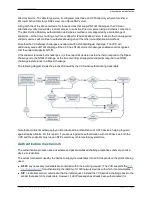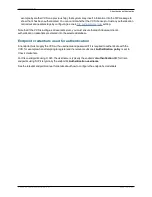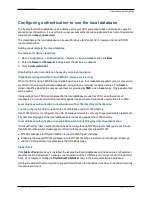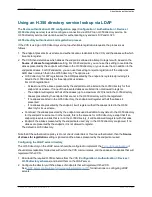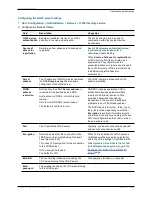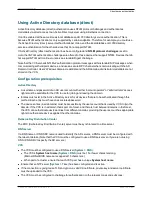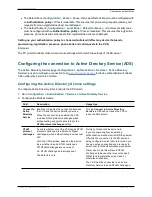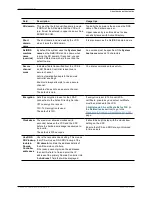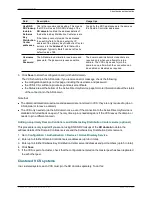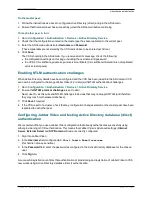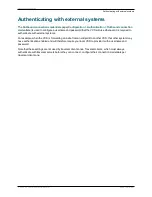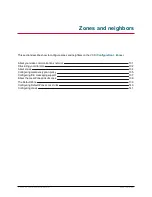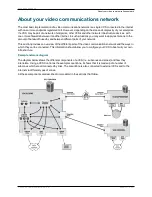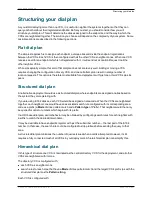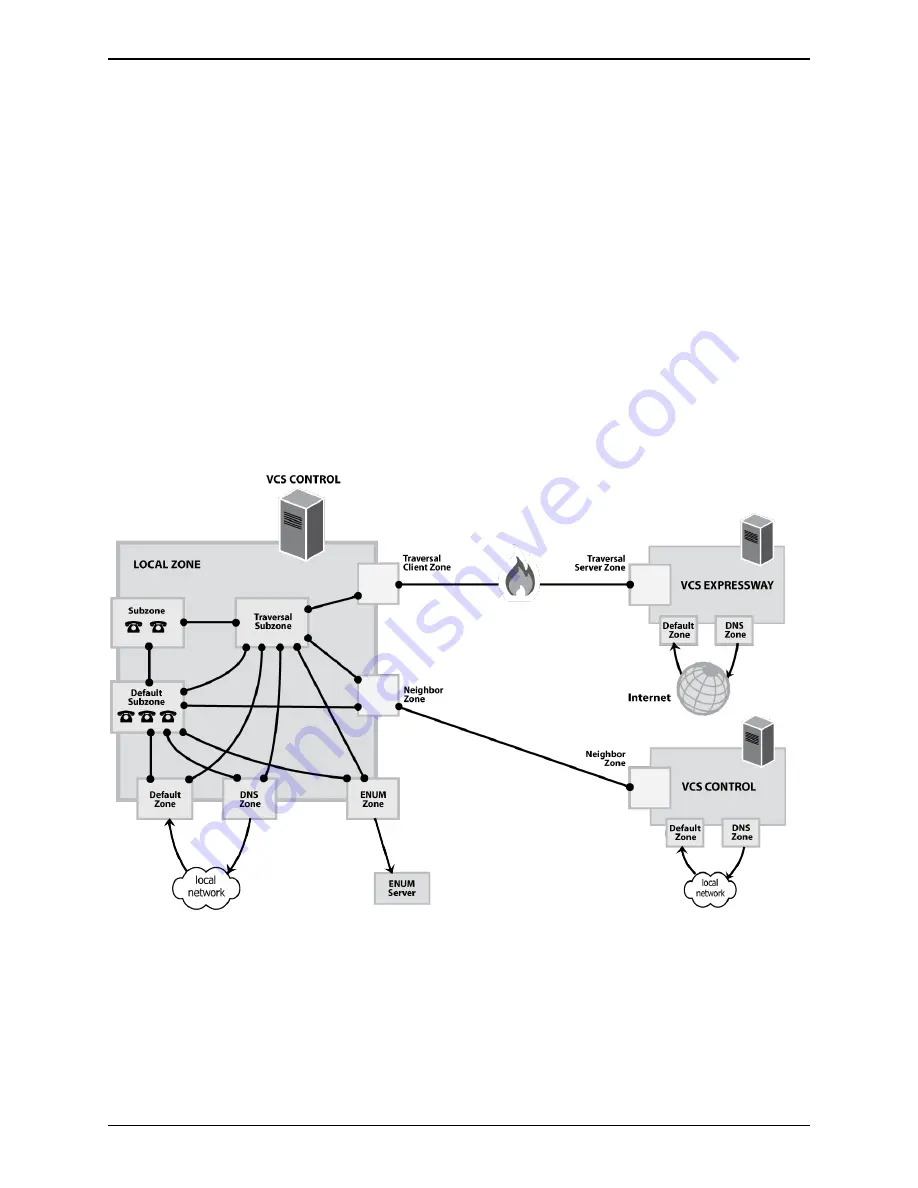
About your video communications network
The most basic implementation of a video communications network is a single VCS connected to the internet
with one or more endpoints registered to it. However, depending on the size and complexity of your enterprise
the VCS may be part of a network of endpoints, other VCSs and other network infrastructure devices, with
one or more firewalls between it and the internet. In such situations you may want to apply restrictions to the
amount of bandwidth used by and between different parts of your network.
This section provides an overview of the different parts of the video communications network and the ways in
which they can be connected. This information should allow you to configure your VCS to best suit your own
infrastructure.
Example network diagram
The diagram below shows the different components of a VCS (i.e. subzones and zones) and how they
interrelate. Using a VCS Control as the example Local Zone, it shows that it is made up of a number of
subzones which are all connected by links. The Local Zone is also connected to external VCSs and to the
internet via different types of zones.
All these components are described in more detail in the sections that follow.
Cisco VCS Administrator Guide (X8.1.1)
Page 131 of 507
Zones and neighbors
About your video communications network

